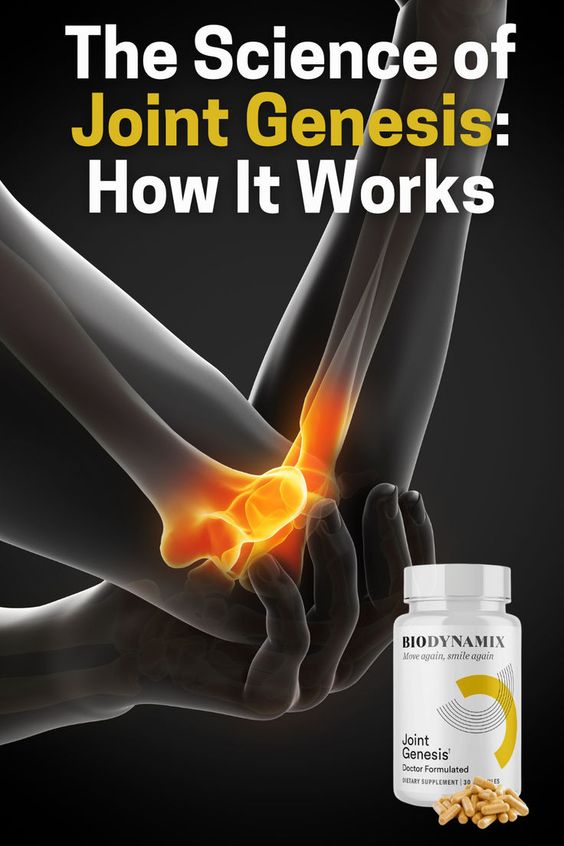Joint pain is a common issue that affects people of all ages, often leading to discomfort and a decreased quality of life. Whether due to arthritis, injuries, or other conditions, understanding how to relieve joint pain can be vital for maintaining mobility and overall well-being. This article explores various methods, including lifestyle changes, natural remedies, and medical treatments, to help you manage joint pain effectively.

Understanding Joint Pain
Before diving into relief strategies, it’s essential to understand what joint pain is. Joints are the areas where two or more bones meet, and they can be affected by a range of conditions, including:
- Osteoarthritis: A degenerative joint disease that occurs when cartilage wears down over time.
- Rheumatoid Arthritis: An autoimmune condition where the immune system attacks the joints.
- Injuries: Sprains, strains, and fractures can lead to joint pain.
- Gout: A form of arthritis characterized by sudden, severe pain due to the buildup of uric acid crystals.
Recognizing the underlying cause of your joint pain is crucial in determining the most effective relief strategies.
Lifestyle Changes
- Maintain a Healthy Weight
Excess weight can place additional stress on your joints, particularly those in the lower body, such as knees and hips. Losing even a small amount of weight can significantly reduce joint pain. A balanced diet rich in fruits, vegetables, lean proteins, and whole grains can support weight management.
- Stay Active
While it may seem counterintuitive, regular physical activity is vital for joint health. Low-impact exercises like walking, swimming, or cycling can help strengthen the muscles around your joints, improve flexibility, and reduce stiffness. Aim for at least 150 minutes of moderate aerobic activity each week, along with strength training exercises at least twice a week.
- Practice Good Posture
Proper posture can alleviate stress on your joints. When sitting or standing, ensure that your body is aligned correctly to minimize strain. Ergonomic furniture can help maintain good posture, especially if you spend long hours at a desk.
- Incorporate Stretching and Flexibility Exercises
Incorporating stretching into your routine can enhance flexibility and reduce tension in your joints. Gentle yoga or tai chi can also promote relaxation and improve balance, further helping to prevent joint pain.
Natural Remedies
- Heat and Cold Therapy
Applying heat or cold to the affected joints can provide immediate relief. Heat therapy, such as warm towels or heating pads, can soothe stiffness, while cold packs can reduce swelling and numb sharp pain. Experiment with both methods to see which one works best for you.
- Turmeric and Ginger
Both turmeric and ginger have anti-inflammatory properties that may help relieve joint pain. Consider adding these spices to your meals or taking them as supplements. Always consult your healthcare provider before starting any new supplement regimen.
- Omega-3 Fatty Acids
Omega-3 fatty acids, found in fish like salmon, walnuts, and flaxseeds, are known for their anti-inflammatory effects. Incorporating these foods into your diet may help reduce joint pain and stiffness.
- Acupuncture
Some people find relief from joint pain through acupuncture, a traditional Chinese medicine practice that involves inserting thin needles into specific points on the body. Research has shown that acupuncture can help alleviate pain and improve joint function.
Medical Treatments
- Over-the-Counter Medications
Nonsteroidal anti-inflammatory drugs (NSAIDs) like ibuprofen and naproxen can help reduce inflammation and relieve pain. Always follow the recommended dosage and consult your doctor if you have any underlying health conditions.
- Prescription Medications
For more severe joint pain, your doctor may prescribe stronger pain relievers or anti-inflammatory medications. Disease-modifying antirheumatic drugs (DMARDs) may also be recommended for autoimmune conditions like rheumatoid arthritis.
- Physical Therapy
Working with a physical therapist can help you develop a personalized exercise plan to strengthen the muscles around your joints and improve flexibility. They can also provide hands-on treatments to relieve pain and promote healing.
- Injections
In some cases, corticosteroid injections can provide temporary relief from joint pain and inflammation. Hyaluronic acid injections are another option, particularly for osteoarthritis, as they can help lubricate the joint.
- Surgery
If conservative treatments fail, surgical options may be considered. Procedures such as arthroscopy, joint replacement, or fusion can help relieve severe joint pain and restore function.
Alternative Therapies
- Massage Therapy
Massage can promote relaxation, improve circulation, and reduce muscle tension around painful joints. Finding a qualified massage therapist experienced in treating joint pain can enhance your comfort.
- Mind-Body Techniques
Practices like meditation, deep breathing, and mindfulness can help manage the emotional aspects of living with chronic pain. Reducing stress can positively impact your pain levels and overall well-being.
- Supplements
Certain supplements, such as glucosamine and chondroitin, may benefit some individuals with joint pain. However, evidence of their effectiveness is mixed, so it’s essential to discuss these options with your healthcare provider.
Conclusion
Managing joint pain can be a multifaceted approach that includes lifestyle changes, natural remedies, medical treatments, and alternative therapies. By exploring various strategies and working with healthcare professionals, you can find the best methods to relieve your joint pain and improve your quality of life. Always consult with a healthcare provider before making significant changes to your treatment plan, as they can provide personalized recommendations based on your specific needs and conditions.
By adopting these strategies, you can take proactive steps toward alleviating joint pain and enhancing your overall health. Remember, you are not alone in this journey, and many resources are available to support you in finding relief.